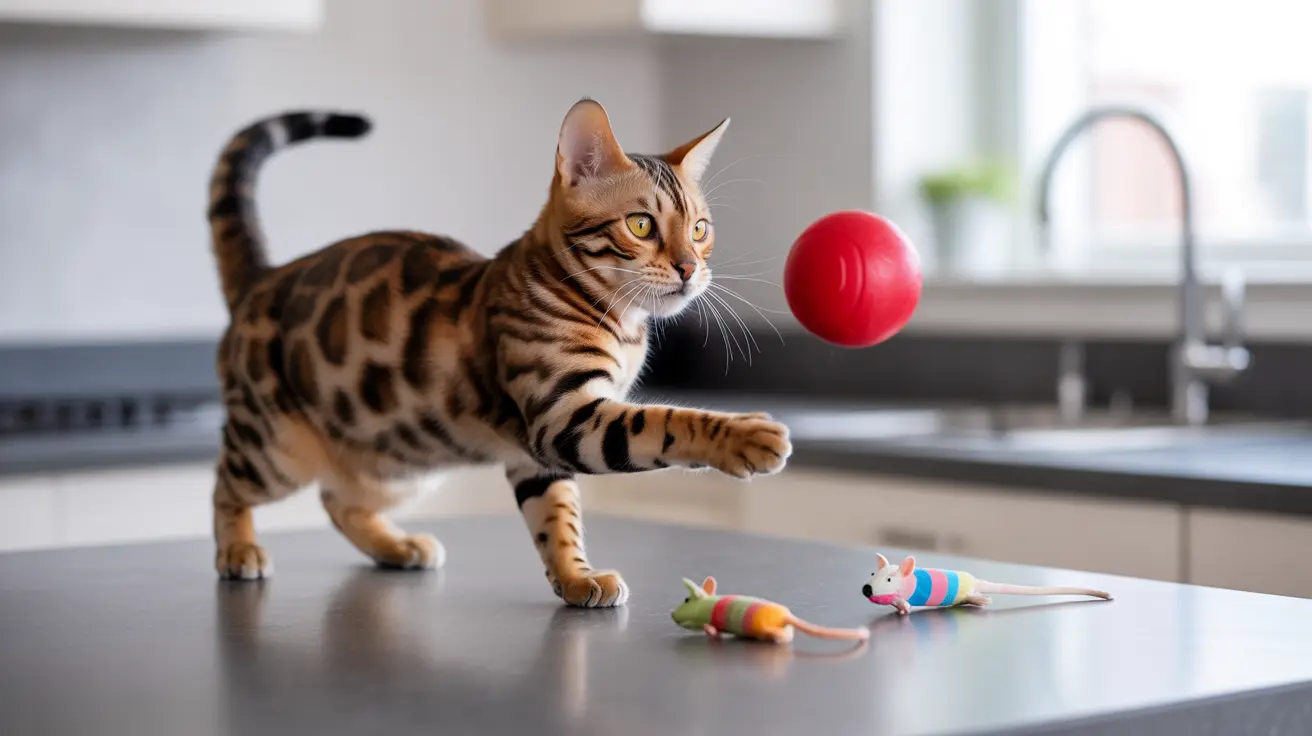Cats are masters of entertainment, delighting us daily with their peculiar and often silly behaviors. From midnight zoomies to inexplicable box obsessions, these furry comedians keep us guessing, laughing, and reaching for our cameras. But behind every silly cat moment lies fascinating feline psychology and natural instincts worth understanding.
In this comprehensive guide, we'll explore the science behind your cat's most amusing behaviors, helping you better understand and appreciate your four-legged friend's quirky personality.
The Science Behind Common Silly Cat Behaviors
The Mystery of Object Launching
One of the most perplexing yet amusing behaviors is cats' tendency to knock items off surfaces. This isn't just random mischief – cats use this behavior to test object physics, seek attention, and satisfy their natural hunting instincts. When your cat locks eyes with you before pushing that coffee mug closer to the edge, they're actually initiating a social interaction.
The Famous "Zoomies" Phenomenon
Those sudden bursts of energy where your cat races around the house like a furry tornado are technically called Frenetic Random Activity Periods (FRAPs). These episodes typically occur during dawn and dusk, corresponding to cats' natural hunting periods in the wild. While they might seem random, they're actually a healthy expression of pent-up energy and hunting behavior.
Understanding Your Cat's Unique Communication Methods
The Art of Chattering
When your cat sits at the window making distinctive chattering sounds while watching birds, they're displaying a fascinating combination of predatory excitement and frustration. This behavior might also be an instinctive jaw movement practiced for delivering a killing bite to prey – even if that prey is safely behind glass.
The "Making Biscuits" Mystery
Kneading behavior, often called "making biscuits," is a heartwarming throwback to kittenhood. This behavior starts when kittens massage their mother's mammary glands to stimulate milk flow. Adult cats continue this behavior when feeling content and secure, essentially complimenting you by treating you like their mother.
Social Behaviors and Territory Marking
The Gift-Giving Ritual
When your cat brings you "presents" – whether toys or occasionally less desirable items – they're displaying both hunting prowess and social bonding behavior. In feline society, sharing prey is a sign of care and community, making this somewhat awkward habit actually quite touching.
The Box Obsession Explained
A cat's seemingly silly attraction to boxes, bags, and small spaces is rooted in their need for security and thermal comfort. These enclosed spaces provide both a safe observation point and a cozy retreat that helps maintain their preferred body temperature of 86-97°F.
Frequently Asked Questions
Why do silly cats knock things off tables and countertops?
Cats knock items off surfaces to test gravity, seek attention, and satisfy their natural hunting instincts. This behavior can also be a way of exploring their environment and understanding object permanence.
What does it mean when my cat chatters their teeth while watching birds?
Teeth chattering is a combination of excitement and frustration when cats spot potential prey. It may also be a rehearsal of the killing bite or a way to build up hunting energy when prey is inaccessible.
Why does my cat knead on blankets or my lap, and what does this behavior signify?
Kneading is a comforting behavior that originates from kittenhood when kittens would knead their mother's belly to stimulate milk production. In adult cats, it indicates contentment and security.
How can I understand and manage my cat's sudden "zoomies" or bursts of energy?
Zoomies are normal expressions of pent-up energy, typically occurring at dawn and dusk. Provide regular play sessions and environmental enrichment to help manage these energy bursts constructively.
What causes cats to bring "gifts" like toys or prey to their owners?
Gift-bringing is a social bonding behavior where cats share their "hunting success" with family members. It's also a way of teaching hunting skills, similar to how mother cats teach their kittens.
Embracing Your Cat's Silly Side
Understanding these seemingly silly behaviors helps us appreciate the complex nature of our feline friends. While their antics may sometimes seem random or perplexing, they're usually expressing natural instincts or attempting to communicate with us in their unique way.
Remember that a silly cat is often a happy, healthy cat, so celebrate these moments of feline goofiness while staying attentive to any sudden behavioral changes that might indicate health concerns. After all, these quirky behaviors are part of what makes cats such entertaining and beloved companions.






